
Surviving Summer: Heat Stroke vs. Heat Exhaustion - Know the Difference
As the summer heat rises, it's essential to be aware of the distinctions between heat stroke and heat exhaustion. These two heat-related conditions can have severe consequences if not recognized and treated promptly.
This blog will explore the differences between heat stroke and heat exhaustion, including their causes, symptoms, and treatment options.
By understanding these conditions, you'll be better prepared to protect yourself and others from heat-related risks and respond effectively in an emergency. Let's delve into the details and equip ourselves with the knowledge to stay safe in hot weather.
BM254 may help with sunstroke, nausea, heart palpitations, a high body temperature, dry skin, loss of consciousness, dizziness, vomiting, headache, and fatigue. Specially formulated to help normalize body temperature.
Heat Stroke vs. Heat Exhaustion
Heat exhaustion is a heat-related illness characterized by excessive heat exposure and dehydration, leading to fatigue, weakness, dizziness, and fainting. It is generally considered a milder condition compared to heat stroke.
Heat stroke, also known as sunstroke, is a severe heat-related condition characterized by a dangerous elevation in body temperature, often exceeding 104°F (40°C). It is considered a medical emergency and can damage vital organs, including the brain, heart, kidneys, and muscles.
BM176 is best used for heat rashes that typically occur in areas of friction from clothing, particularly on the back.
What Do They Look Like?
Individuals with heat exhaustion may appear pale, sweaty, and tired. Their skin may feel cool and moist to the touch.
On the other hand, someone experiencing heat stroke may have hot, dry skin (not sweating), and their body temperature may be significantly elevated. They may exhibit signs of neurological impairment, such as confusion or disorientation.
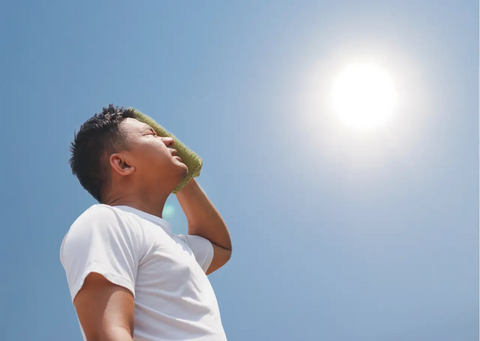
Signs And Symptoms
Recognizing warning signs is essential to manage these two conditions effectively.
-
Signs and Symptoms of Heat Exhaustion:
BIO24 may provide energy and help you cope with stress. Supports your body's ability to manage, absorb, and use nutrients while boosting your physical health and immune system. It is a useful remedy to keep you alert, fresh, and stress-free all day.
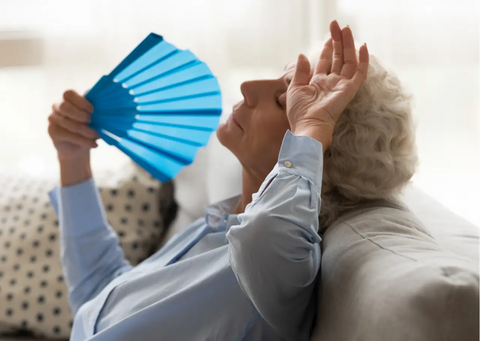
-
Signs and Symptoms of Heat Stroke:
BM11 provides natural support for all types of headaches and fatigue. Best used for throbbing, sharp, and nerve pain. Useful for congestion problems. It supports healthy sleep.
BM127 may help with pulmonary weakness, shortness of breath, particularly with exertion, chronic dry hacking cough, fatigue and weakness, discomfort in the chest, and loss of appetite.
Causes of Heat Exhaustion
Heat exhaustion is primarily caused by prolonged exposure to high temperatures and inadequate fluid intake, leading to dehydration.
When exposed to hot environments, the body attempts to cool down by sweating. This process leads to the loss of fluids and electrolytes, such as sodium and potassium, from the body. If these fluids and electrolytes are not adequately replenished, it can result in dehydration and heat exhaustion.
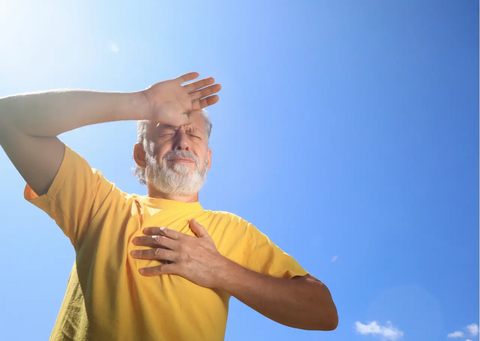
Causes of Heat Stroke
Heat stroke occurs when the body's heat-regulating mechanisms fail, leading to an uncontrolled increase in body temperature. It can be caused by environmental factors and the body's inability to cool efficiently. The primary causes of heat stroke include:
How To Prevent Them Naturally?
Remember: heat-related conditions can affect anyone under extreme heat circumstances. So, prevention is always the best option! The following are the 12 best prevention tips for heat exhaustion and heat stroke:
1. Stay Hydrated.
Proper hydration is crucial in preventing heat-related illnesses. Drink plenty of fluids throughout the day, especially water. Aim to drink at least 8-10 glasses of water daily.
During hot weather or when engaging in physical activity, increase your fluid intake to compensate for the additional fluid loss through sweat.
Avoid excessive sugary or caffeinated beverages, as they can contribute to dehydration. Including electrolyte-rich fluids such as coconut water or diluted sports drinks can help replenish lost minerals. Be sure to check out some natural alternatives to sports drinks.
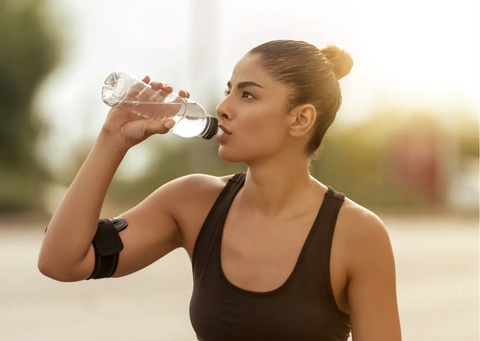
2. Dress Appropriately.
Wear loose-fitting, lightweight, and light-colored clothing that allows air circulation and helps in heat dissipation. Opt for breathable fabrics such as cotton or linen, which allow sweat to evaporate and cool the body.
Avoid tight or dark-colored clothing as they can trap heat. And always protect yourself from the sun by wearing a wide-brimmed hat and applying sunscreen with a high SPF.
3. Seek Shade and Cool Environments.
When the temperatures rise, try to spend time in shaded areas or air-conditioned spaces to escape the heat. If you're outdoors, find shaded spots under trees or use umbrellas.
Plan activities during cooler times, such as early morning or evening. Also, avoid direct exposure to the sun, especially during peak hours (usually between 10 a.m. and 4 p.m.).
4. Pace Yourself during Physical Activity.
If you're engaging in physical exertion or exercise, especially in hot weather, pace yourself and take regular breaks. Gradually increase the intensity and duration of your activities to allow your body to acclimate to the heat.
Avoid intense physical activity during the hottest parts of the day. Listen to your body and rest when needed. Pay attention to signs of fatigue or overheating and adjust your activity level accordingly.
BM247 provides support for metabolic function. Work as an appetite suppressant that may help with weight loss. Best used for hunger control for food and sugar cravings.
5. Use Cooling Techniques.
Employ cooling techniques to regulate body temperature. Use wet towels, misting fans, or take cool showers to help cool down. Place a damp cloth on the back of the neck or wrists to promote heat dissipation.
Consider using cooling products such as cooling vests or neck wraps. You can use fans or air conditioners to create a comfortable indoor environment.
6. Eat Light and Hydrating Foods.
Include foods with high water content, such as fruits and vegetables. Watermelon, cucumber, oranges, berries, and leafy greens are excellent choices. These foods not only provide hydration but also contain essential nutrients and antioxidants.
Avoid heavy, greasy, or spicy meals that can increase metabolic heat production. Opt for lighter meals that are easy to digest and include lean proteins, whole grains, and a variety of fruits and vegetables.

7. Acclimate Gradually.
If you're not accustomed to hot weather, give your body time to adjust. Gradually expose yourself to hotter environments and increase your tolerance over time. Start with shorter durations of exposure and gradually increase it. This allows your body to adapt and better cope with high temperatures. During the acclimation period, be extra cautious and monitor your body's response to heat.
8. Take Regular Breaks.
During prolonged periods of heat exposure, take regular breaks in cool or shaded areas. Resting in a cool environment helps your body recover and regulate its temperature. Avoid continuous exposure to high temperatures, especially without breaks or relief.
9. Avoid Alcohol and Caffeine.
Alcohol and caffeine can contribute to dehydration and increase the risk of heat-related illnesses. Limit or avoid consuming alcoholic beverages and caffeinated drinks, such as coffee and energy drinks, especially during hot weather. Instead, opt for hydrating beverages like water, herbal teas, or natural fruit juices.

10. Check on Vulnerable Individuals.
Keep a close eye on infants, children, the elderly, and individuals with chronic illnesses who may be more susceptible to heat-related conditions. Ensure they have access to a cool environment and are adequately hydrated. Offer assistance and support to ensure hot weather safety.
11. Monitor Weather Conditions.
Stay informed about your area's weather forecasts, heat advisories, and warnings. This allows you to plan your activities accordingly and take appropriate precautions. If there are extreme heat warnings or advisories, consider adjusting your plans or rescheduling outdoor activities to cooler times of the day.
12. Use Natural Remedies and Homeopathic Support.
Certain natural remedies and homeopathic support may prevent heat-related conditions.
Here are some examples:
- Stay Cool with Peppermint: Peppermint has a cooling effect and can help alleviate discomfort in hot weather. You can sip on peppermint tea or apply diluted peppermint essential oil to pulse points for a refreshing sensation.
- Hydrate with Electrolyte-Rich Foods: Incorporate foods rich in electrolytes, such as bananas, oranges, coconut water, and leafy greens, into your diet. These foods help replenish electrolytes lost through sweat and support proper hydration.
-
Homeopathic Remedies: Homeopathic remedies are an excellent way to support symptoms associated with heat-related conditions.
Some effective remedies include Belladonna for sudden onset of symptoms, Natrum Mur for dehydration and weakness, and Gelsemium for weakness and dizziness.
Belladonna 30C may help your body deal with fever and dryness of the mouth and throat.Nat Mur 30C is designed to support your body when dealing with general colds, runny nose, and sneezing.Gelsemium 30C is designed to support your body when dealing with fever and apprehension.
Following these guidelines can significantly reduce the risk of heat-related illnesses and prioritize your well-being. This way, you’ll enjoy a safe and comfortable experience in hot weather.
How To Treat Them?
Heat-related conditions are more common than we often think. Thus, we are sharing the treatment options for heat exhaustion and heat stroke.
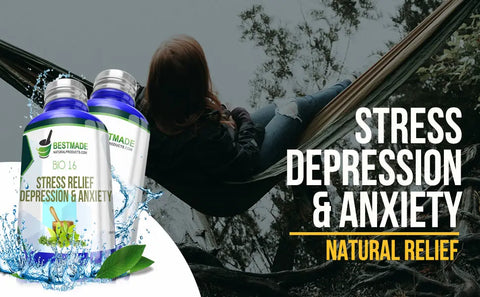
-
Heat Exhaustion Treatment.
-
- Move to a Cool Environment: Immediately move the person to a shady or air-conditioned area to lower their body temperature.
- Rest and Recline: Have the person lie down and elevate their legs slightly to improve blood flow.
- Hydrate: Offer cool water or oral rehydration solutions (ORS) to replenish fluids and electrolytes lost through sweating. Sip small amounts of fluids slowly to avoid overhydration.
- Cool the Body: Apply cool, wet towels or cloths to the person's forehead, neck, armpits, and groin areas. You can also use a spray bottle to mist cool water on their skin. Use fans or create airflow to enhance the cooling effect.
- Loosen Clothing: Remove any tight or unnecessary clothing to aid in heat dissipation.
- Monitor Vital Signs: Keep an eye on the person's vital signs, including their heart rate and breathing. If their condition worsens or they do not show improvement, seek medical attention.
BM73 may help with poor blood flow, including a crackling or rubbing sensation under the skin, severe pain and swelling at the site of injury, numbness at the site of infection, and discoloration of the skin; promotes healthy blood flow.
-
Heat Stroke Treatment.
- Call for Emergency Assistance: Heat stroke is a medical emergency requiring emergency response. Please call emergency services immediately.
- Move to a Cool Area: While waiting for medical help, move the person to a shaded or air-conditioned space.
- Remove Excess Clothing: Remove any unnecessary clothing and loosen or remove tight clothing to help cool the body.
- Cool the body Rapidly: Use any means to cool the person's body rapidly. Submerge them in a cool bath, or use cool water sprays or wet towels. Focus on the neck, armpits, and groin areas.
- Fan Air Over the Body: Use fans or create airflow to facilitate cooling.
- Monitor Vital Signs: Continuously monitor the person's vital signs, like pulse and breathing. Document the readings to share with medical professionals.
- Do Not Offer Fluids: In the case of heat stroke, it's advised not to offer fluids to the person until medical professionals give further instructions.
- Support and Reassurance: Offer emotional support and reassurance to the person while waiting for medical help.
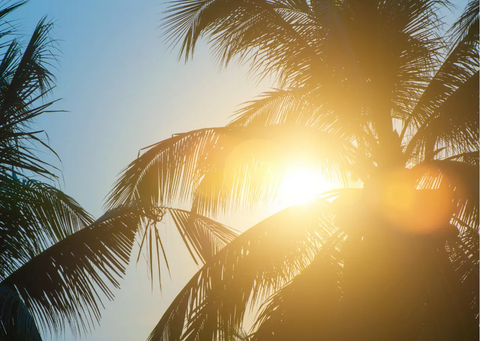
The Bottom Line
Heat stroke and heat exhaustion are two heat-related conditions that can have severe consequences if not adequately understood and addressed. While heat exhaustion is a precursor to heat stroke, the latter is a more critical and life-threatening condition. Recognizing the symptoms, understanding the causes, and taking immediate action is vital for preventing complications.
Prioritizing prevention through hydration, appropriate clothing, natural remedies, and seeking shade is crucial. By staying informed and proactive, you can protect yourself and others from heat stress dangers and enjoy a safe and enjoyable summer season.
If you want to learn more about heat stroke, click here.
You might also like the following:

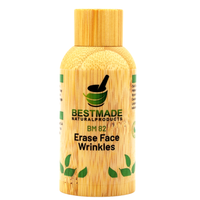
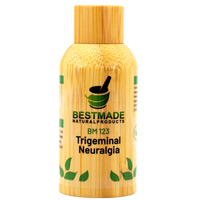


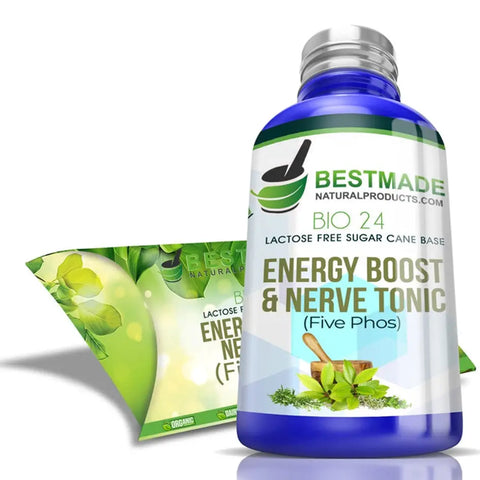
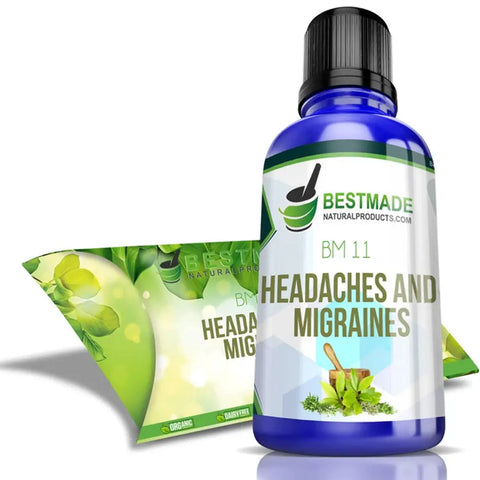
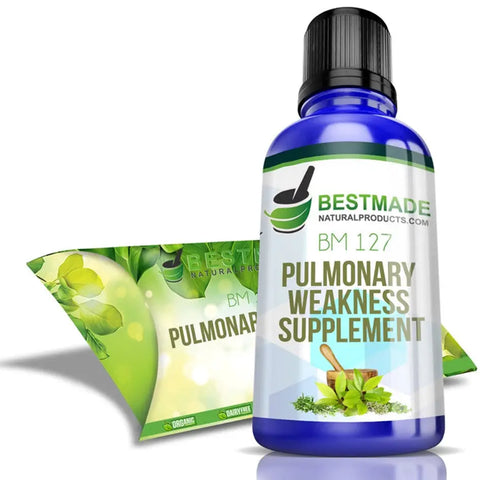
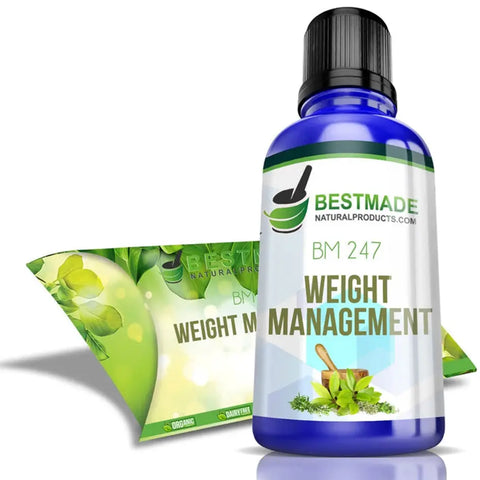
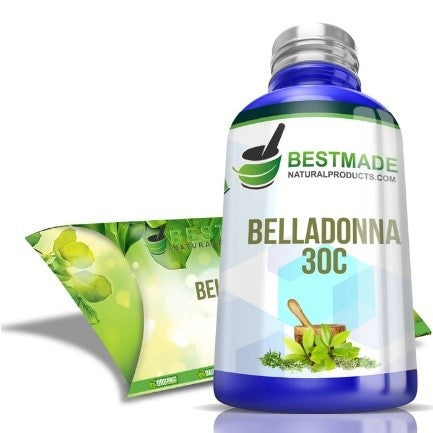
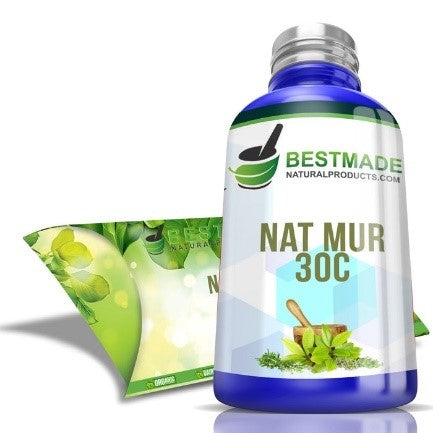
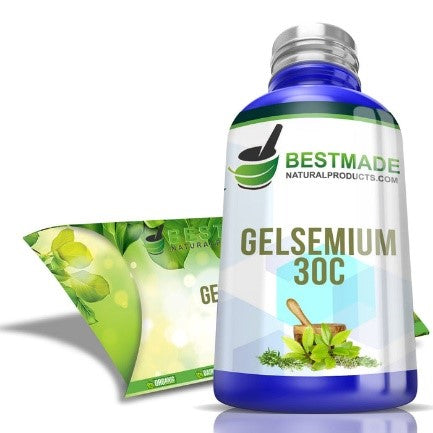
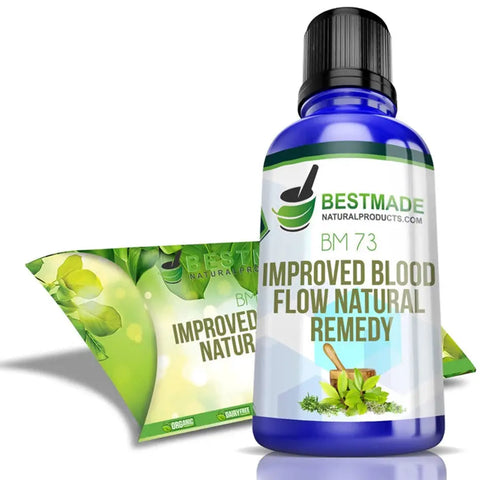
Leave a comment